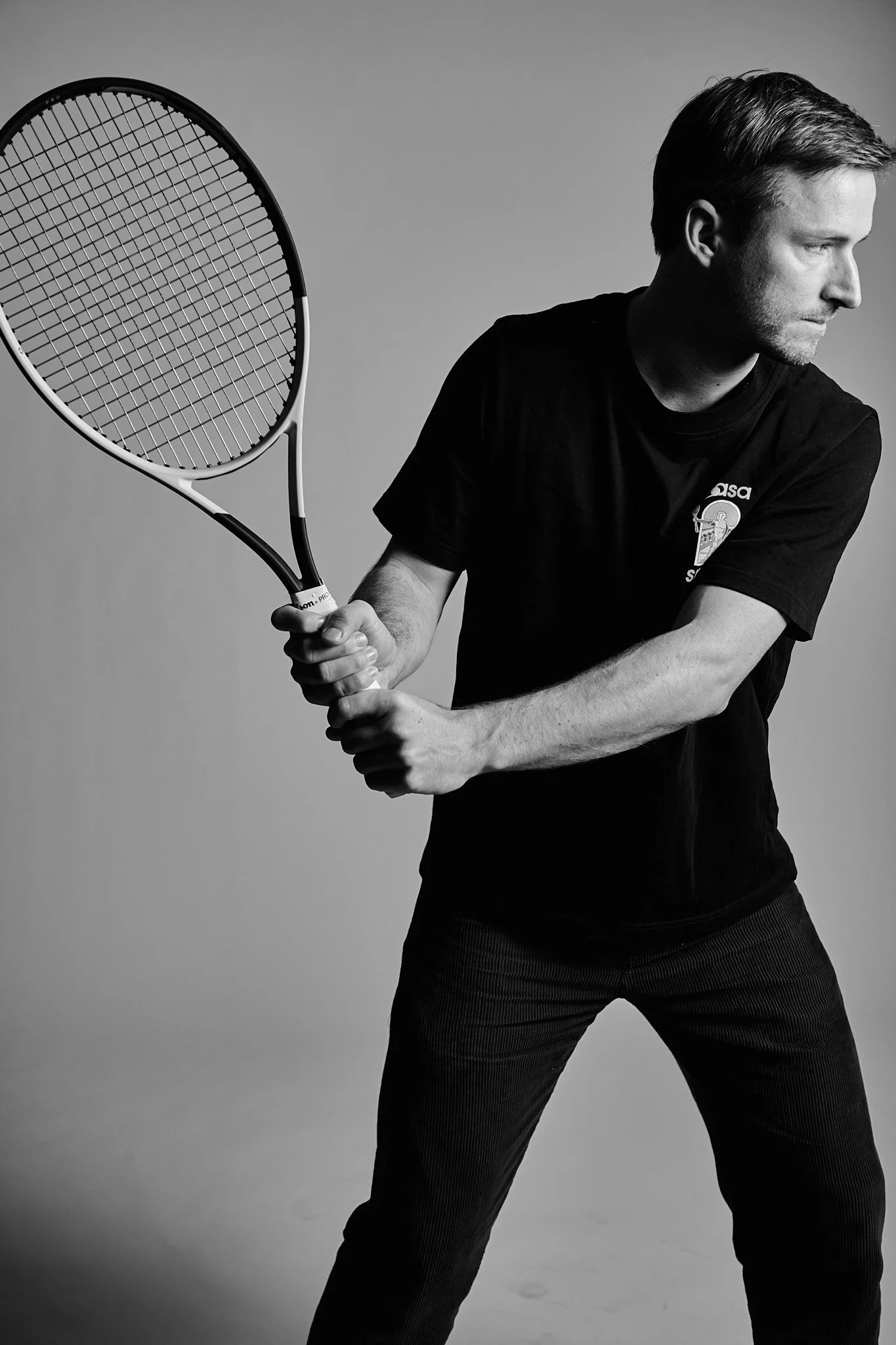
Course on Fundamentals
Tennis is simpler to learn than it first appears.
The gap between a very difficult learning curve and natural fluid progress is filled by inner understanding.
I experienced both the hard ways and the direct path to expanding my abilities naturally as a player and coach.
Through various realizations, I completely shifted my approach to teaching and playing, and the results have spoken.
So, with the support of dear friends, I put together a fundamentals course to share a bit of understanding with you and the world without placing a system or particular structure.
These lessons are consistent with the natural ways of the world (i.e., us and our environment).
What I teach is simple, fundamental, and works very well.
As a course member, you’ll receive periodic updates to the content.
I also intend to add new lessons along the way. So this is just the beginning. You will have access to any new material as a purchaser of the Understanding Fundamentals Course.
-
Understanding Tennis Fundamentals
-
Foundations: Attention, Movement, Weight Transfer, and Contact Point
Without attention, you don’t see what the ball is doing.
Without movement, you don’t get into position to strike the ball.
Your body in motion transfers weight to generate force.
If you don’t connect with the ball, well, you know.
-
Spacing and Timing
Every shot will feel natural if you find the space and time the weight transfer without losing balance or feeling constricted.
-
Relax into the now
Tension is a limiter. Relaxation lets you feel, gives you speed and power, and allows you to express yourself and hit the kinds of shots you like.
-
Attention is your superpower
Your attention to what is taking place moment to moment is how you receive the flow of information in real time. Any thoughts or intentions in your mind divide your attention from the moving ball and from being aware of what you’re doing with your body.
-
Movement - The Most Important Part of Your Game
Your improvement on the tennis court is highly correlated with how much attention you give to your footwork. Movement helps you get in position, you can only adjust to what you see through movement.
Pro tip to help you remember to keep moving your legs: write “Move” on your grip :)
-
Weight Transfer
You’ll get it once you understand what weight transfer means and where the motion for it begins (hint: your legs).
-
Rotation is part of your weight transfer
Rotation before striking the ball is essential for transferring the power you generate from the ground.
It also plays an important role in accelerating your swing and body motion, adding force to the ball.
-
Your Back Leg for Weight Transfer & Stability
Where the motion of your body begins will impact how much mass is transferred. Understand that the back leg is key to ensuring stability and power as you strike the ball. Connecting with the back leg on every shot is one of those habits that will amplify your game.
-
Contact Point - Your Moment of Truth
The contact point is fundamental. That’s where your transfer takes place and you tell the ball what to do.
-
Follow-Through
A complete follow-through gives you the space to swing fast and commit to your shot.
-
Controlling Your Swing Path
When the body loses balance or unexpectedly shifts during a swing, it often alters the swing path we originally intended. This can be minimized by keeping your body balanced and your mind present with the act of striking the ball, rather than the outcome to come.
-
Progressions for natural development
Progressions are a way of life. We learn to crawl before walking, then we run. Develop your skills naturally by playing at speeds and spaces where it’s manageably out of your comfort zone.
-
Efficiency: Lead with your legs
Lead your setup and recovery with your legs. When you lead with your legs, your entire body moves as a single unit, which is far more efficient than letting your arm lead while the rest of your body follows.
-
The Form Between Your Shots
After you hit your shot and before the other player hits theirs, you don’t know where the ball will go next. You must take up a form that is optimal for being ready to set up for the next shot. That’s the ready form (or position). It’s simple to understand, and there’s no reason you can’t master it like a pro player. All that’s required is to connect with deliberate feeling.
-
Split Step
The split step helps you time your change of direction efficiently. The cue is when the other player begins their swing to hit the ball. By the time they make contact, you’ll have reset your inertia and be ready to move toward your next shot.
-
